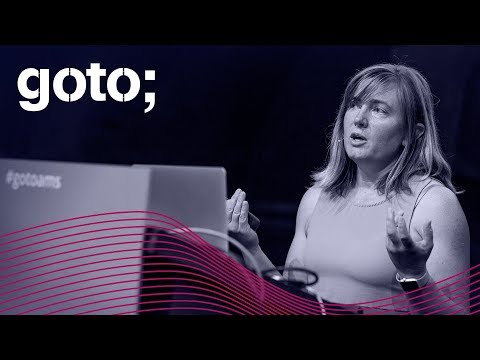Description:
Explore the intersection of particle physics and quantum computing in this 36-minute conference talk from GOTO Amsterdam 2019. Delve into the world of the Large Hadron Collider and its role as a giant microscope for studying fundamental particles. Learn about the challenges faced in processing massive amounts of data generated by particle collisions and how quantum computing might offer solutions. Discover the evolution of quantum computing ideas over the past 40 years and their potential applications in particle physics, including associative memory and quantum annealing algorithms. Gain insights into how these advanced computing techniques could aid in groundbreaking discoveries like finding the Higgs Boson. Understand the technology challenges faced by the High-Luminosity Large Hadron Collider (HL-LHC) and how quantum computing might address the increasing computational demands of future experiments in particle physics.

Can Quantum Computing Help to Unlock the Secrets of the Universe?
Add to list
#Conference Talks
#GOTO Conferences
#Computer Science
#Quantum Computing
#Science
#Physics
#Particle Physics
#Data Science
#Data Processing
#Large Hadron Collider
#Quantum Annealing